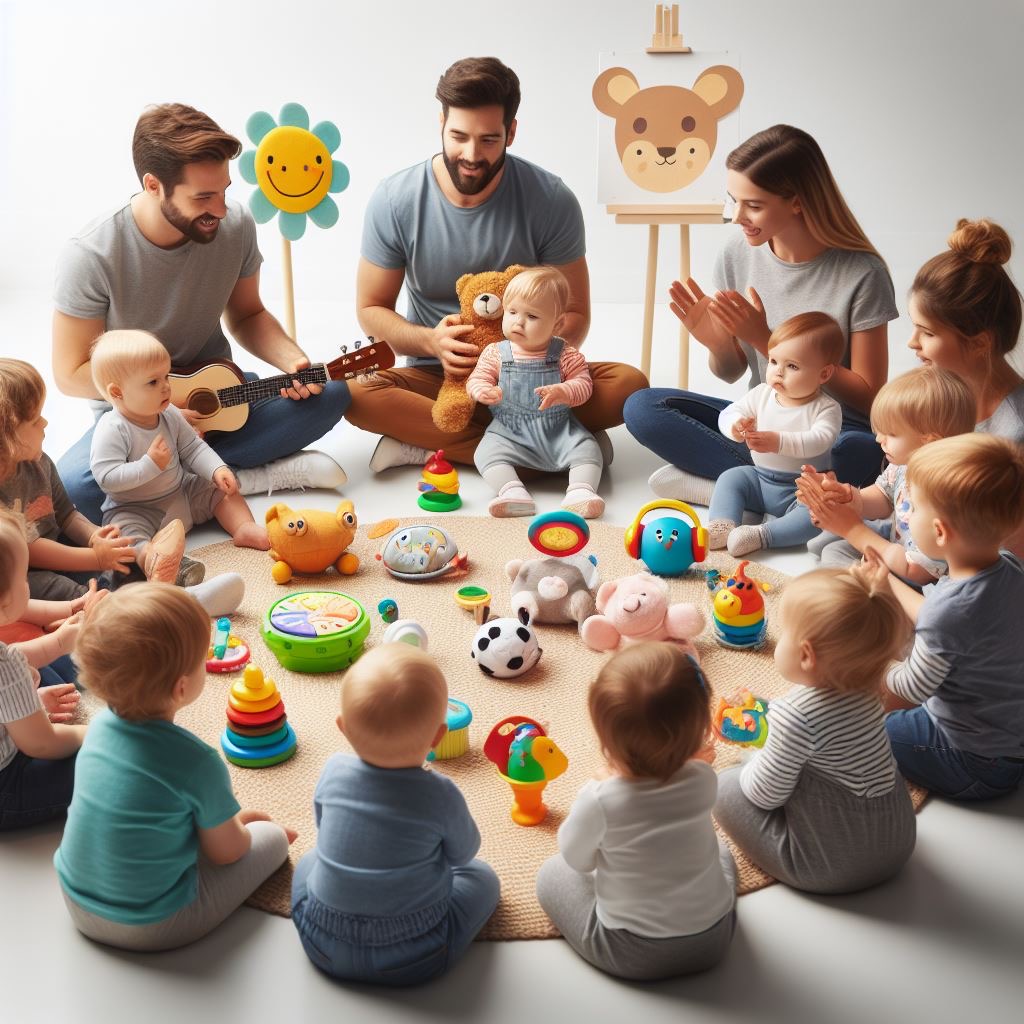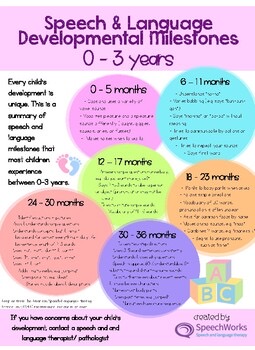Your basket is currently empty!

Speech and Language: Cornerstones of Child Development
Effective communication is vital for children to comprehend the world around them, acquire knowledge, engage in conversations, build friendships, and express their emotions.
It’s comforting to realize that numerous children face challenges with speech and language, and these struggles don’t necessarily indicate underlying issues.
Research suggests that around 1 in 10 children encounter difficulties in developing speech, language, and communication skills, especially during the early stages of growth.
Baby’s language development in their first years involves meaningful interactions and exposure to language-rich environments. Here’s a breakdown of nurturing speech and language skills for different age groups
pc-speechworks
Table of Contents
Toggle0 to 6 Months
During this stage:
- Face-to-face Interaction: Engage your baby by holding them close and maintaining eye contact while talking. Babies are drawn to faces and respond to facial expressions.
- Verbal Narration: Describe daily activities like feeding, changing, and bathing. This helps babies associate words with actions.
- Singing: Singing to your baby not only soothes but also introduces them to the rhythms and patterns of language.
- Imitating Sounds: Repeat the sounds your baby makes to encourage turn-taking and listening skills.
6 to 12 Months
This period involves:
- Labeling Objects: Name and point to objects to help your baby associate words with things. Gradually add more details to enrich their vocabulary.
- Reading Interaction: Explore books together, describing the pictures without focusing on reading the text.
- Limited Dummy Use: Minimize dummy (pacifier) use, especially during active awake times, as it can impede speech development.
- Playful Interaction: Engage in games like peek-a-boo and interactive rhymes to promote attention and listening skills.
12 to 18 Months
For toddlers:
- Encourage Attempts: Acknowledge and encourage your child’s attempts at words without criticizing mistakes.
- Offer Choices: Present options to expand vocabulary, allowing them to choose between items or activities.
- Sound-Inducing Toys: Toys and books that produce sounds can aid in developing listening skills.
- Action-based Songs: Sing songs with actions to aid memory and language retention.
18 to 24 Months
During this stage:
- Repetition: Repeat words and phrases to reinforce memory and vocabulary.
- Simple Instructions: Use short and clear instructions for better comprehension.
- Body Part Identification: Encourage pointing to body parts as a fun way to enhance language learning.
- Minimal Screen Time: Reduce TV exposure, focusing more on interactive play and storytelling.
2 to 3 Years
For older toddlers:
- Sentence Building: Help your child construct sentences by responding with slightly longer sentences.
- Name Recognition: Begin sentences by addressing them with their name to gain attention.
- Grouping Words: Teach them about categories and associations between objects.
- Symbolic Sounds: Introduce symbolic sounds like “uh-oh” or “meow” to connect sounds with specific meanings.
- Reduced Background Noise: Create a quiet environment to facilitate better listening and language absorption.
In all stages, engaging in meaningful conversations, describing daily activities, reading, and interactive play are crucial for language development. Avoiding criticism, allowing exploration, and providing a supportive environment are key components of fostering a child’s language skills.

Leave a Reply